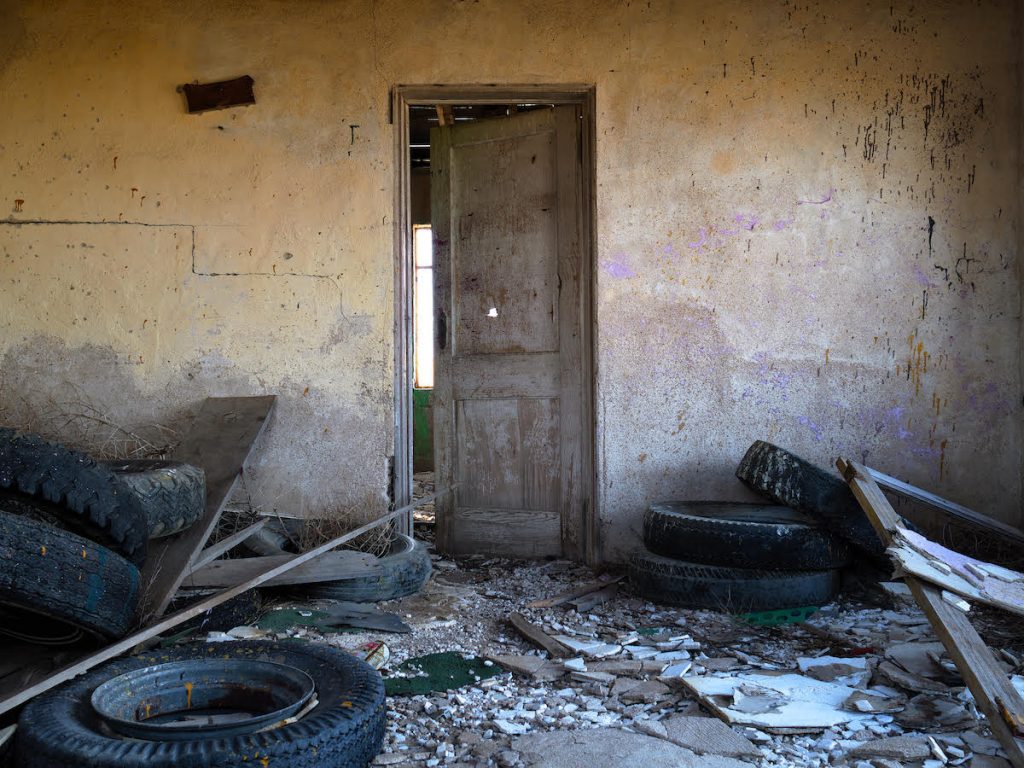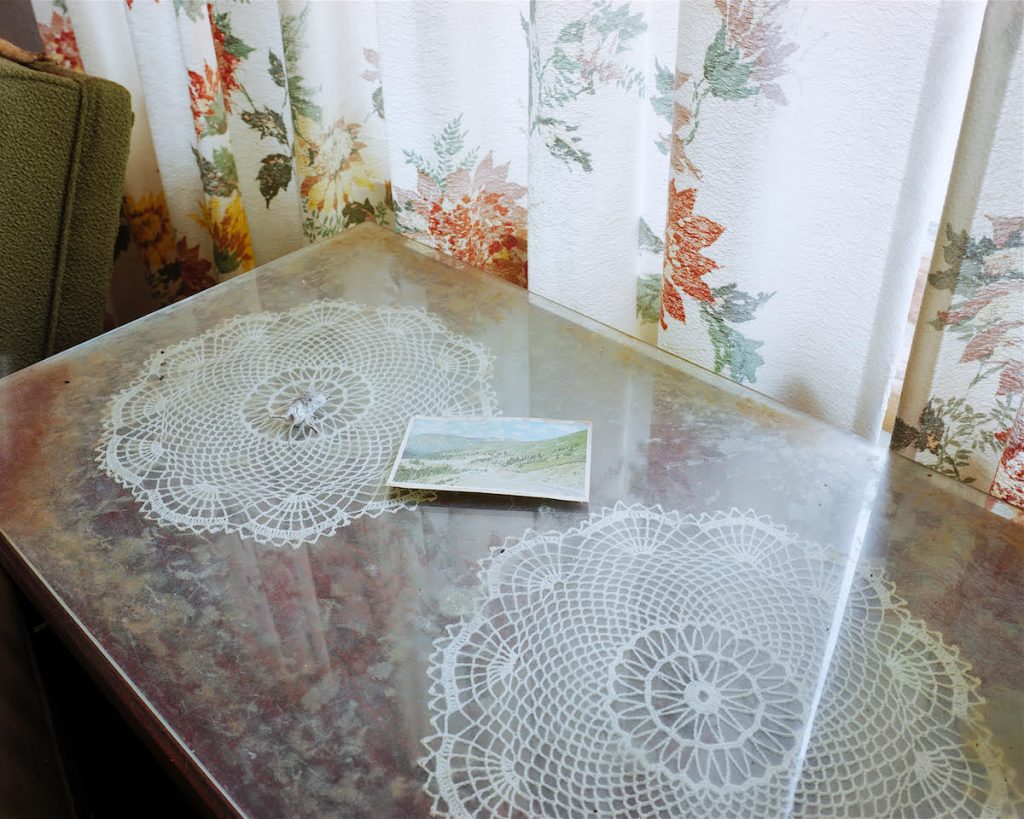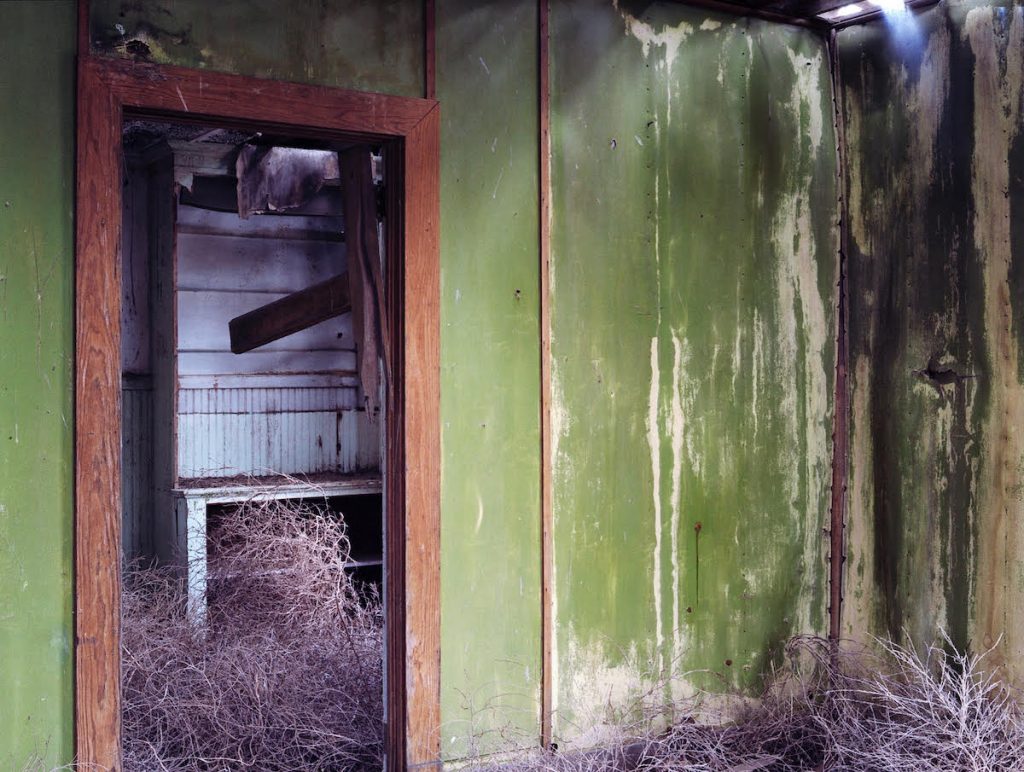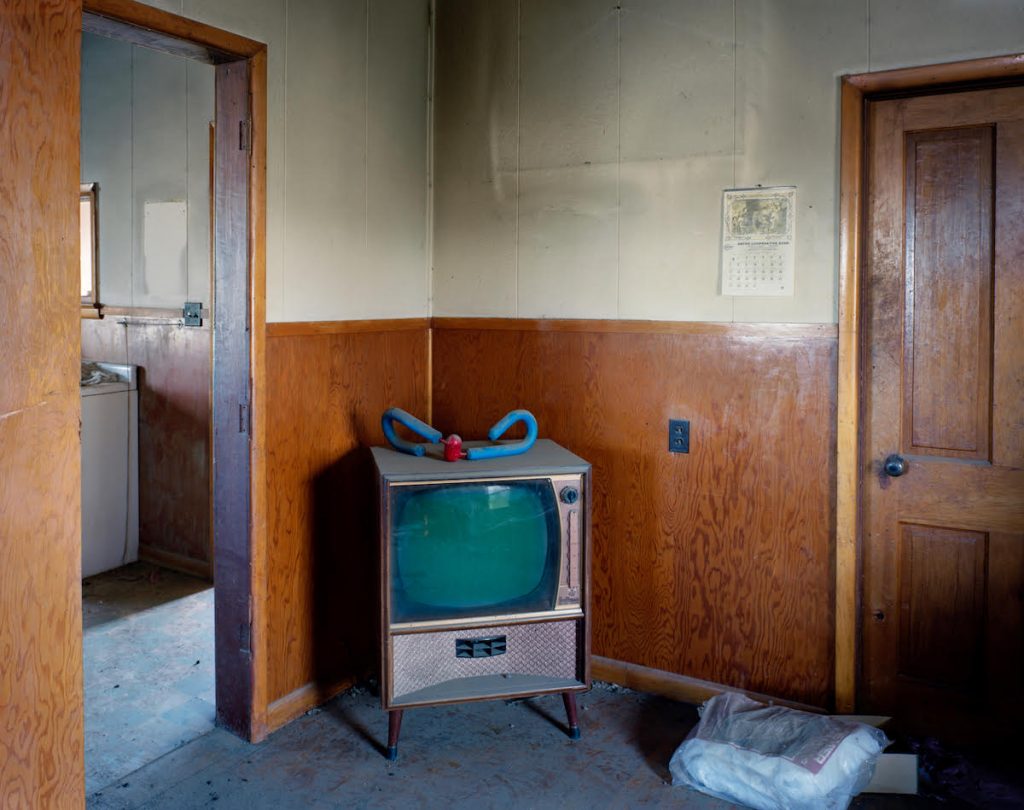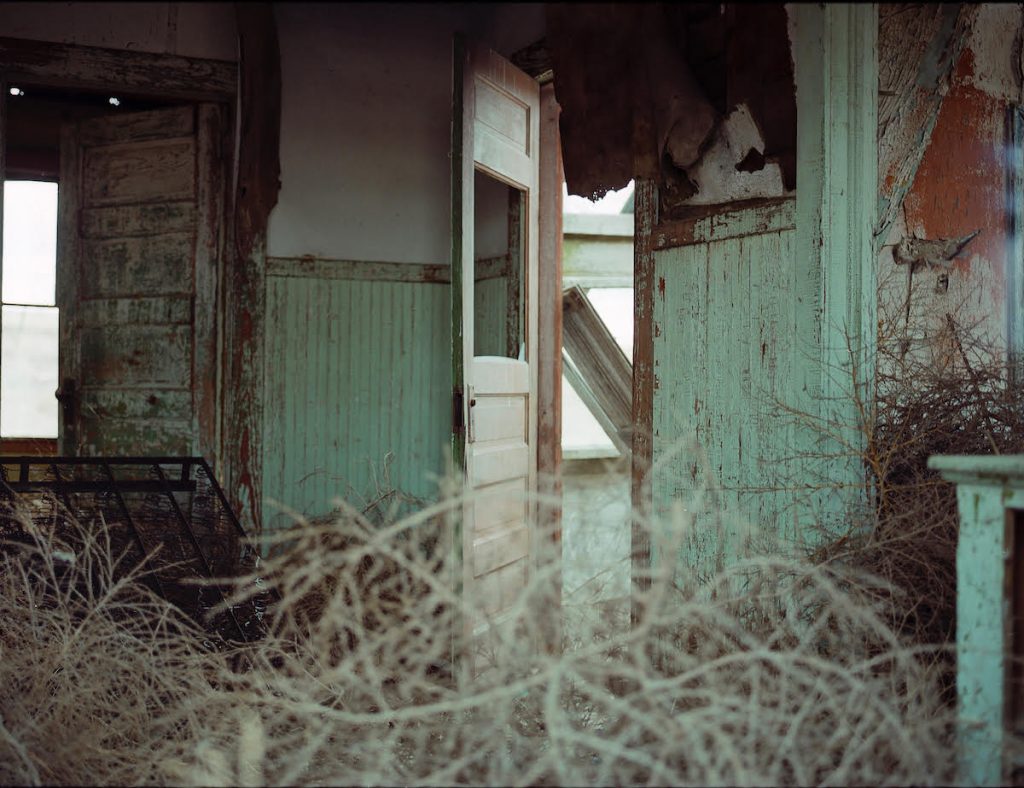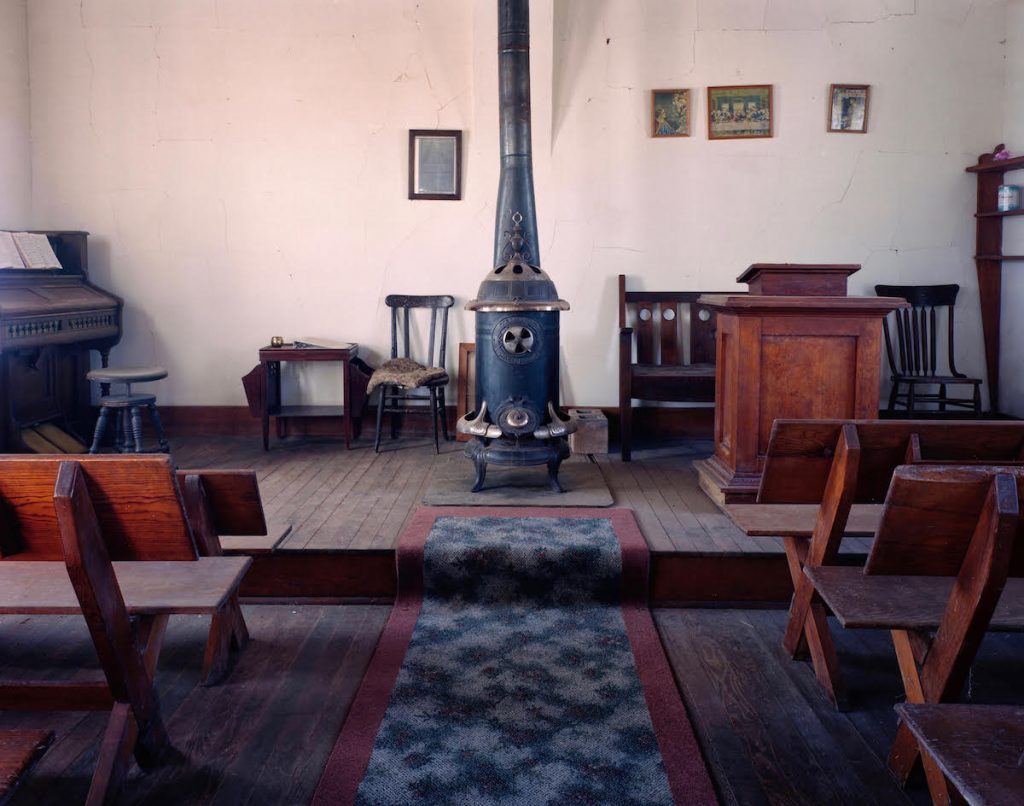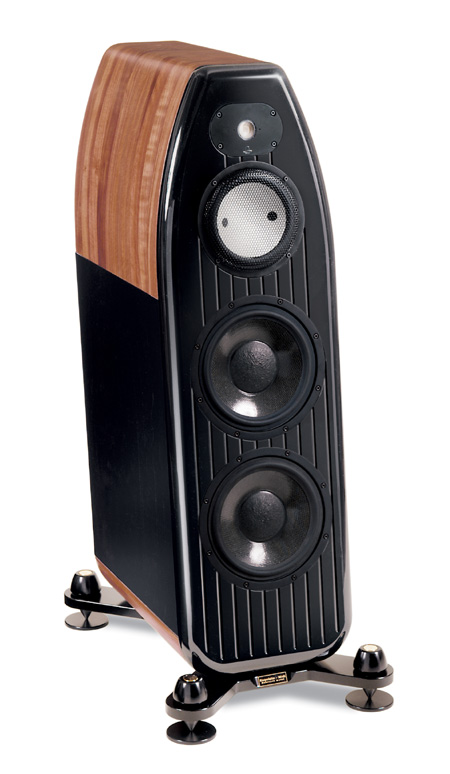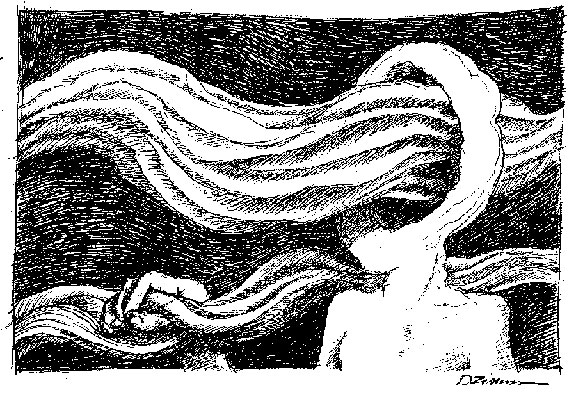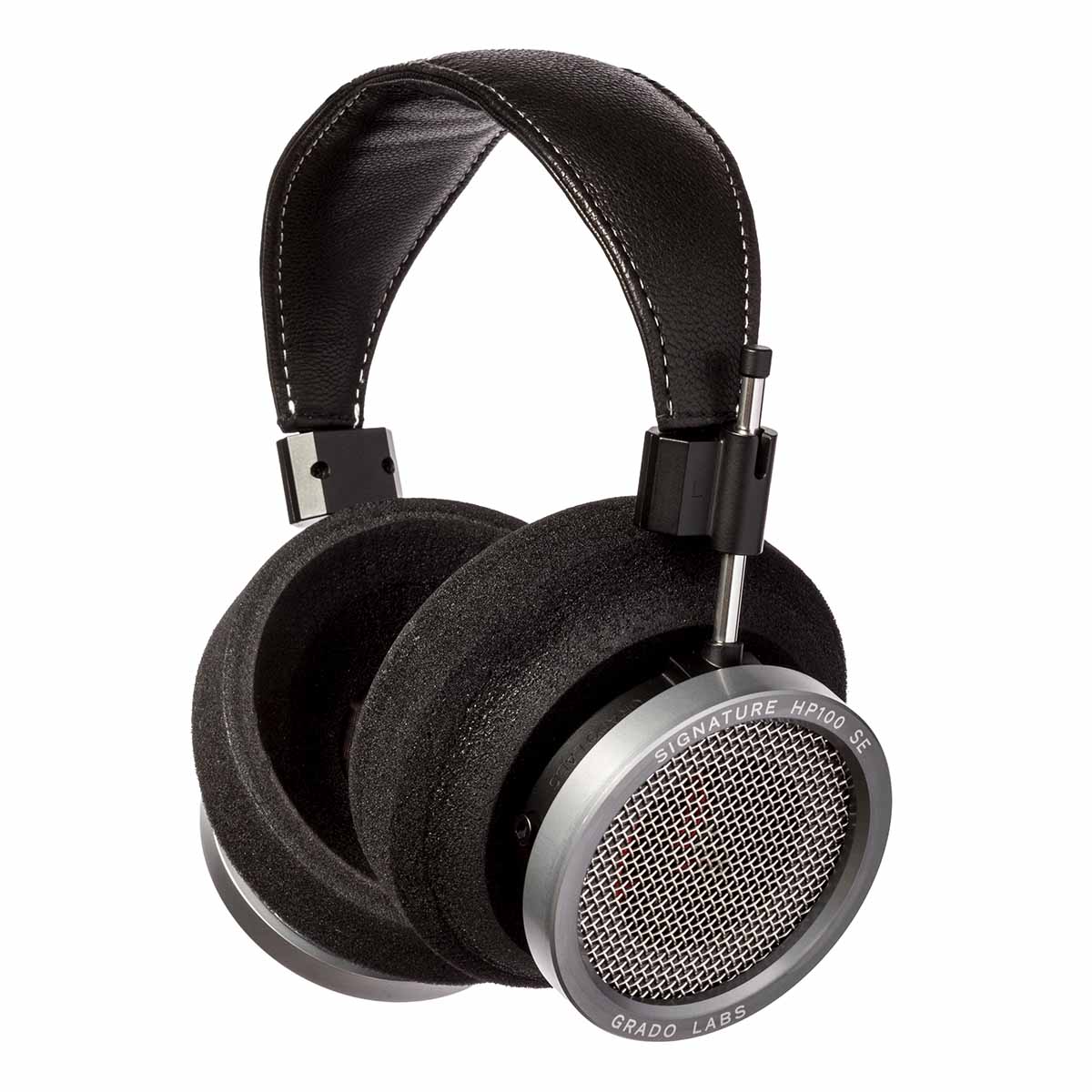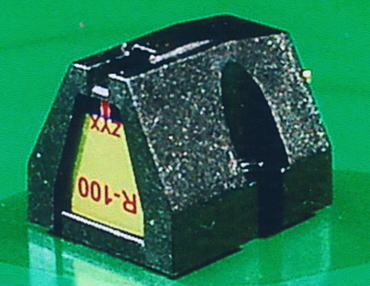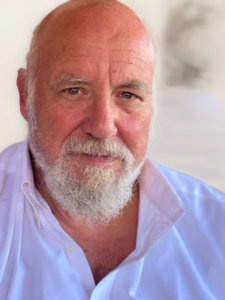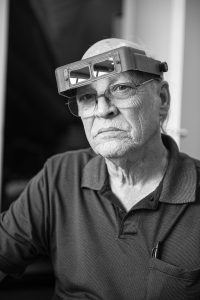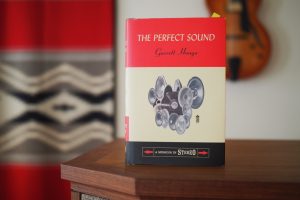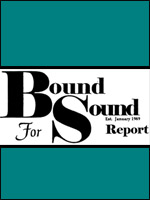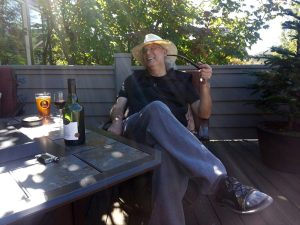Twenty questions with an audiophile who is also an artist. For this Audiophiles as Artists, we feature Chris Morris.
What's your background?
I grew up on a farm in eastern Colorado. No town or major population to speak of, lots of time to myself and explore the world around me. It was a very typical small community, rural type of childhood. But I ended up traveling around the country a bit with my mother for her work when I was younger so I got exposed to more than just my little isolated country world. This made an interesting mix on how I ended up viewing the world. I went to CU Denver for multimedia arts, but ended up taking a photography course during my first year and just fell in love with the darkroom. I would spend countless hours make print after print after print. This was the beginning of a life long love of photography and film. It is something I think about everyday. Over the years I have been in a few galleries, been published once or twice, worked for a newspaper, and during my travels in the HiFi industry, done quite a bit of street photography.
What's integral to the work of an artist?
One thing is to be brutally honest with yourself and your work. That means letting yourself know when something is good and bad. Neither are easy.
Why do you do what you do?
I photograph mostly homesteads that are in the area where I grew up. This project is called Forgotten History. I am very interested in what history plays a role in your reality of today. The reality of where I grew up was a very sparsely populated landscape. The nearest neighbors were several miles away. A large part of my identity has been solidified by this environment and open landscape. But before the great depression it was a flourishing community with over 60 families who lived there. It just doesn't seem real. I am also very curious about how enclosed spaces play a role in our lives and what they mean to us. What it means to abandoned these enclosed spaces. What was left behind, not only in artifacts but what impression/energy did the people make while living or squatting there. There is a charged feeling to these spaces and that is what I am trying to photograph. But it is not visible to the naked eye. This is the challenge. This is what interest me the most.
How do you work? The process.
I like shooting large format film for my homestead work. 4 x 5 film and large prints are a good way to immerse the viewer in the spaces I am presenting. I like to go there and walk through the space forwards and backwards, before I setup any shot. Things always look different on your way back out of a space. This lets me work up all the images in my mind before I start. I like to find objects that might hold meaning to someone or a family, I also like to find the place in the room that will represent evidence of life lived in the space, but also the current vacancy of these old homesteads.
What has been a seminal experience?
Making prints in the darkroom really changed my life. Holding a physical analog print was really something, I wanted to make as many as I could. Taking a photograph is only half the equation. To me its not real until I can hold it in my hands. The day I entered the darkroom was the day I not only became a photographer, but also when I became a printmaker.
What's the best piece of advice you've been given?
In terms of photography I had a professor that said keep it simple and get closer. What he meant was use one lens and use your two legs and your zoom. This led me down a path of discipline that I enjoy having today.
Professionally, what's your goal?
I would like to show my work more and get published again. To be published in Lens Work has been a goal of mine for a long time.
Where would you like to see yourself in 10 years as an artist?
In my own darkroom making prints! Maybe teaching photography too.
In looking back, anything you wish you had done differently as an artist?
I got a bit discouraged by not only the digital age, but the cellphone camera age. It just seemed to me that people valued fine art photography less and less. So I stopped being serious about photography for a while. Good art is good art and I should have stuck to it.
What wouldn't you do without?
Music is just such an integral part of my life. It is an everyday companion that would be hard to have absent. Music is a part of who we are as human beings, there is no art form that is closer to the soul.
Is there a food, drink, or music that inspires you? Or something else that inspires you?
Experiencing any form of creativity inspires me. The idea that humans can conjure something up in their mind, pre-visualize and manifest it in many forms is amazing to me. We are lucky creatures to be able to do that.
How has your practice (art) changed over time?
I think my love for photographing eastern Colorado and its homesteads led me to appreciate architecture and street photography. Traveling for work for the last 10 years has allowed me to see and photograph so much more than just sticking with what I knew out in eastern Colorado.
What do you dislike about the art world?
That is not something that is on my mind. But I do think that because people are so inundated by imagery on a daily basis, it seems difficult to make an impression with photography.
What do you dislike about your work?
Sometimes I feel my photography doesn't have a clever hook or high concept to it. I think to myself in today's world who is going to stop and look at these photographs long enough to understand what might be good about them or why I took them.
What do you like about your work?
I think there is a technical quality to them, and an integrity that comes from my closeness to the subject matter.
How did you get into audio?
I blame my father for that. He hadn't played his HiFi in years by the time I discovered it. But when I opened the cabinet for the first time and saw his Pioneer receiver, the myriad of switches and dials on the faceplate and I was hooked. I didn't even really understand what it was all about but I knew I liked it. He owned and I sill have them a pair of Sansui SP3500 speakers. I went through many phases of portable audio, car audio, many boombox, and eventually HiFi systems over the years. I was the kid with the stereo on the playground with the new Top Gun soundtrack tape, with a few other's huddle around the music. So I suppose it's been a life long endeavor for me.
Is there a relationship between you as an artist and audio?
Not that I can think of.
Where can we find your work?
On Instagram @thebellowsfold and on my Website www.thebellowsfold.com
Anything else that you wish we had asked?
No, this was fun!




